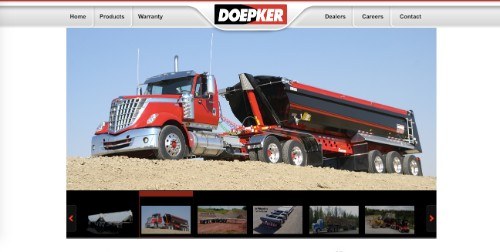Can you provide an actual example of where it would help? Having regen wouldn't help, unless the tractor was regen limited. (i.e. you would otherwise have to use the brakes, which seems unlikely in normal driving.)
Here is an example: You have 200,000 lbs. of freight you need to haul 1,000 miles. The Semi weighs 20k lbs., the trailers weigh 12k lbs. So each trailer can haul 50k lbs of cargo. It will take 4 trips to get all your freight shipped. With the Tesla Semi it would require about an hour of charging during the haul. That would be about 72 man-hours of one-way driving, including the charging. If you have 4 Semi/trailer/driver combinations the freight would take ~18 hours to get there.
Now for your example you added an extra ~500 miles of battery capacity to the trailer, ~14k lbs., so now it will require 6 trips to move the freight. This would result in 102 man-hours of one-way driving, but with no charging stops. But to get all of the freight there in the same time, well actually an hour earlier, it would require:
- 6MWh of additional battery storage (~$600,000 of extra investment.)
- 2 extra Tesla Semis
- 2 extra trailers
- 2 extra drivers
- etc.
It just doesn't seem practical. But maybe my thinking is too inside the box, can you give me an outside the box example for where it would make sense?





